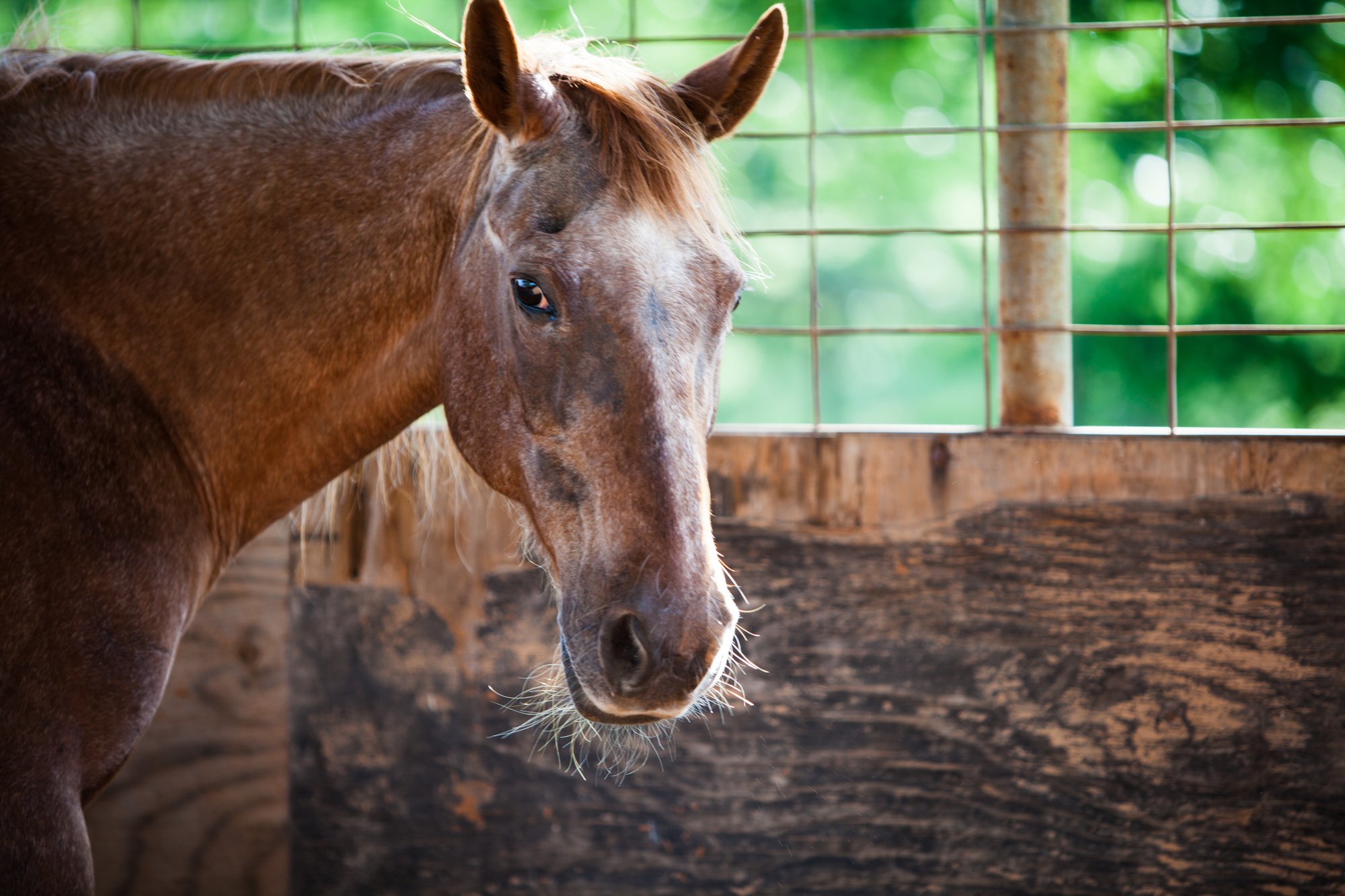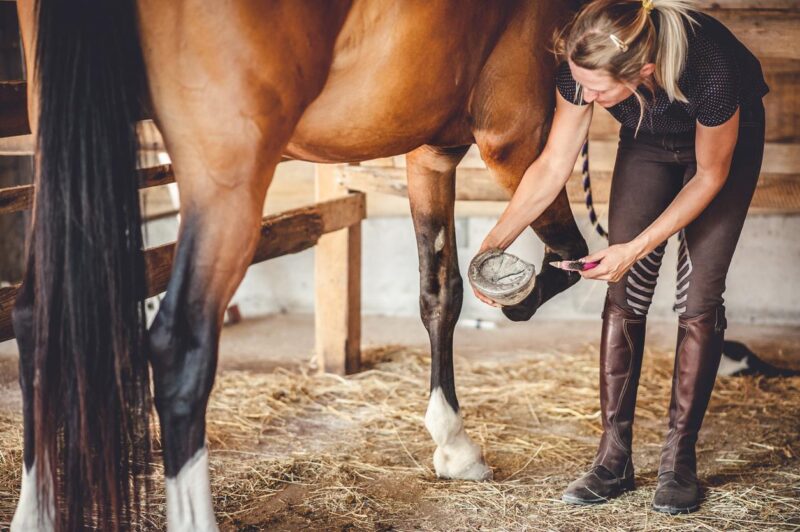Horses are magnificent creatures that require diligent care to keep them healthy and happy. One common issue that can affect horses is thrush, a bacterial infection that targets the frog of the hoof.
Being able to identify if your horse is prone to developing thrush can help you take proactive measures to prevent and treat this condition. There are several risk factors that can increase the likelihood of your horse developing thrush, and by being aware of these factors, you can better protect your equine companion.
1. Environment and Living Conditions

The environment and living conditions play a crucial role in determining whether a horse is prone to thrush. Factors such as moisture levels in the horses living area, the cleanliness of the environment, and the amount of time spent standing in wet or muddy conditions can all contribute to the likelihood of developing thrush.
Horses kept in damp, dirty environments are at higher risk, as the bacteria responsible for thrush thrives in these conditions. Proper stable management and regular hoof care are essential in preventing thrush and maintaining the overall health and well-being of your horse.
Regularly cleaning and drying the hooves, providing clean and dry bedding, and ensuring proper ventilation in the stable are all important factors in reducing the risk of thrush development. By paying attention to the environment and living conditions of your horse, you can help minimize the risk of thrush and ensure a happy, healthy horse.
2. Hoof Condition and Care

Hoof condition and care are essential factors to consider when assessing a horses risk of developing thrush. It is important to regularly inspect and clean your horses hooves to prevent the build-up of dirt and debris that can lead to thrush.
Proper trimming and shoeing by a qualified farrier can also help maintain the health of the hooves and reduce the likelihood of thrush developing. Additionally, providing a clean and dry environment for your horse, along with regular exercise to promote blood circulation in the hooves, can help prevent thrush from occurring.
By staying vigilant and proactive in caring for your horses hooves, you can minimize the risk of thrush and keep your horse healthy and happy.
3. Diet and Nutrition

A proper diet and good nutrition are key factors in preventing thrush in horses. A diet high in sugar and starch can contribute to the development of thrush, as these substances feed the bacteria that cause the infection.
It is important to provide your horse with a balanced diet that is low in these substances and high in fiber. Additionally, ensuring your horse has access to clean water at all times and maintaining a healthy weight can also help reduce the risk of thrush.
Offering plenty of forage and limited amounts of grain can help keep your horses gut healthy and less susceptible to thrush. Remember, prevention is key when it comes to maintaining your horses hoof health.
Conclusion
In conclusion, being aware of the risk factors that make a horse prone to thrush is crucial in preventing and managing this common hoof condition. By understanding the role of moisture, hygiene, and hoof shape in contributing to thrush, horse owners can take proactive steps to protect their equine companions.
Regular hoof care, proper stable management, and prompt treatment are key in keeping thrush at bay. Remember, early detection and intervention are essential in preventing the spread of thrush and ensuring your horses overall hoof health.
Consult with a veterinarian or farrier for guidance on Horse Thrush Treatment to keep your horse happy and healthy.


